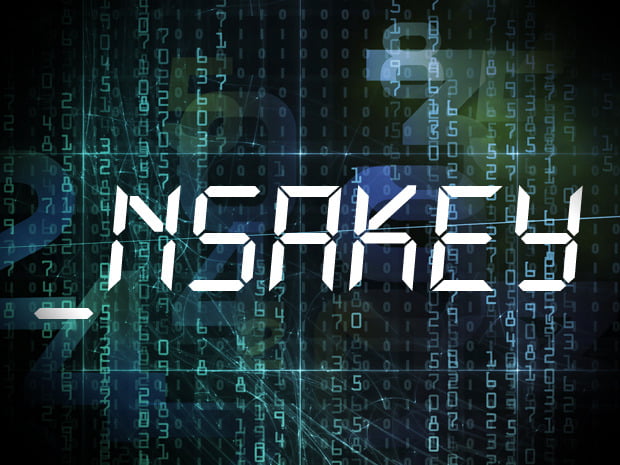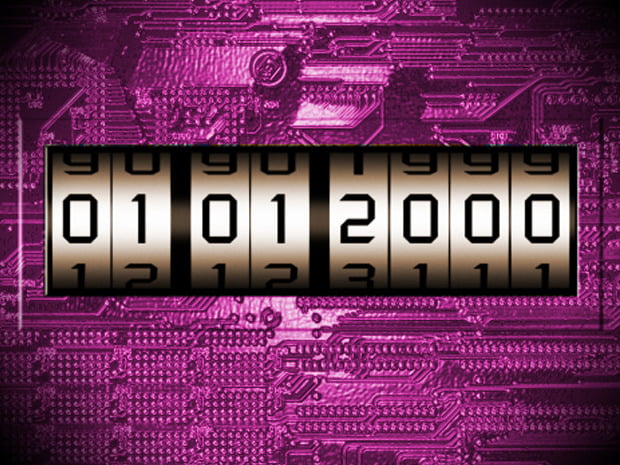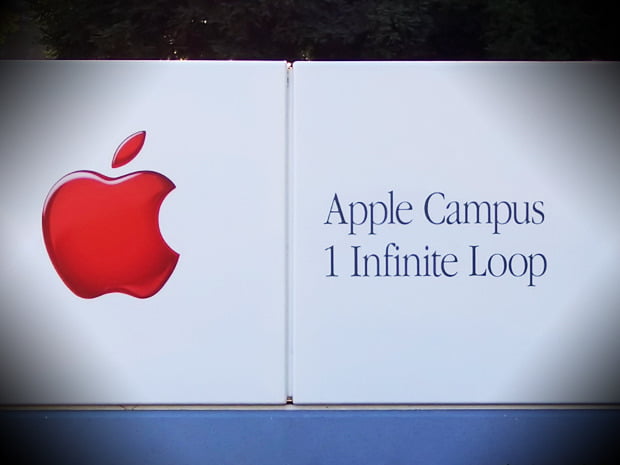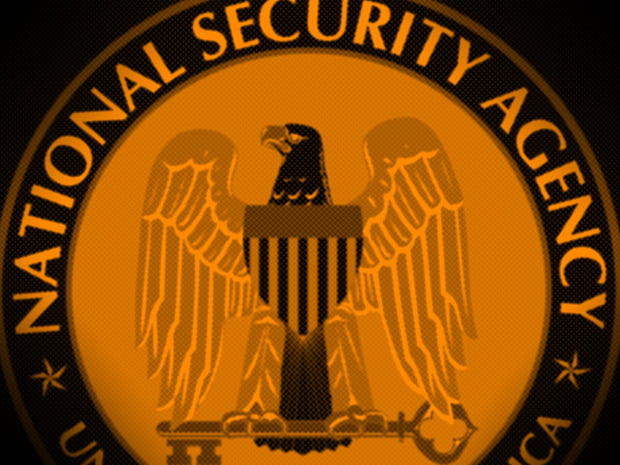Top 10 tech conspiracy theories of all time – The appeal of the conspiracy theory is rooted in its own essential slipperiness. In terms of technical definition, a conspiracy refers to multiple persons or groups working together toward some kind of shady result. But in popular culture, conspiracy theories can be plausible or impossible, true or discredited — and everything in between.
Here we take a look at the 10 most infamous conspiracies and conspiracy theories that have made the rounds in the world of high tech. Some have been confirmed, some debunked, and several — predictably — have been litigated. If you’ve spent much time in the IT trenches, you’ve likely heard some of these whispers over the years.
Perpetual product obsolescence

Anyone who’s ever upgraded an operating system — or tried the various iterations of iTunes on a PC — can attest to the plausibility of this one. Since pretty much the beginning of the personal computing era, users have suspected that companies will sabotage their own products to impact performance and encourage users to upgrade, switch, or otherwise behave in a manner that benefits the company’s bottom line.
Apple is often the target of this kind of conjecture. For instance, it’s no secret that iTunes for PC can be incredibly … eccentric. The general theory is that Apple has deliberately made the experience frustrating enough to encourage PC users to switch to Macs. In the mobile era, many exasperated iPhone users are convinced that older iOS patches are designed to slow down your phone so you’ll buy a new one. These suspicions are variations of a sort on the “planned obsolescence” design policies bravely pioneered by the U.S. auto industry.
The Halloween Documents

By the late 1990s, Microsoft had long been established as the undisputed heavyweight champion of the personal computer industry. Naturally, there also existed a constant hurricane of conspiracy theories on how Microsoft ascended and maintained this dominance. The so-called Halloween Documents kicked up a whole new storm, this time among the emergent open source software community.
Leaked in October and November of 1998, the internal memos from Microsoft executives confirmed what many developers had suspected: Microsoft was deeply concerned about the rise of free and open source software — particularly Linux — and was actively working to counter the threat. In public, Microsoft had maintained an attitude of casual dismissal toward open source software, but the memos acknowledge the movement as a “long-term credible” threat. The memos also warned that the traditional Microsoft marketing strategy known as FUD (fear, uncertainty, and doubt) would not work against the developers of free software.
DR-DOS fake error messages

Speaking of FUD, Microsoft was also at the time involved in an ongoing antitrust lawsuit with Caldera, which had recently acquired the competing DR-DOS operating system. Caldera accused Microsoft of several law library shelves’ worth of anticompetitive practices going back to the early 1990s — including the Curious Case of the False Error Message.
It eventually came to light that Microsoft had indeed included encrypted code in pre-release versions of Windows 3.1 that generated false error messages for beta testers using DR-DOS instead of MS-DOS. The error messages were designed to scare off DR-DOS users, according to the Caldera suit, which included a well-circulated and damning quote from a Microsoft executive: “What the [user] is supposed to do is feel uncomfortable, and when he has bugs, suspect that the problem is DR-DOS and then go out to buy MS-DOS.”
Wingdings weirdness

Surely no sinister conspiracy could ever be attached to Wingdings — that goofy dingbat font with the little pictorial characters. Right? Sigh.
In 1992, a story started making the rounds that if you enter the character sequence “NYC” (“New York City”) into Wingdings, the sequence of images generated is a skull, a Star of David, and a thumbs-up illustration. This was seen by some as a deliberate, encoded anti-Semitic message.
After the 9/11 attacks, a similar story went around claiming coded Wingding messages if you enter the address of the World Trade Center or the flight number of the first plane to hit the Twin Towers. These reports were quickly dismissed as hoaxes, but it raises the intriguing question: Who has the time to mess around with Wingdings and think up these theories?
Unix is a virus?

For devoted tech conspiracy theorists, the realm of the operating system has been a land of intrigue for a long, long time. According to one ancient theory, when Unix was being developed at Bell Labs in the 1970s, it was designed first and foremost to be a method of handicapping competitors.
The idea was to get an operating system into wide circulation that was both relatively inexpensive and relatively insecure, so as to require constant upgrades from AT&T. This would, potentially, give the company backdoor access to competitors’ infrastructures in perpetuity — a kind of industrywide virus that companies would pay for the privilege of hosting. Devious! AT&T eventually sold the rights to Unix to Novell in the early 1990s, apparently putting this conspiracy theory to rest … unless Novell was in on it, too. More devious!
Backdoor battles

The Unix virus is one of the earliest instances of a conspiracy theory concerning backdoor security breaches. In fact, this particular flavor of conspiracy is popular in science-fiction narratives as a kind of catch-all for how hacking works. In the classic 1983 movie “WarGames,” the WOPR supercomputer has an alarmingly conspicuous backdoor weakness: the programmer’s son’s name is an all-access, hard-coded password.
Backdoor access methods are, of course, all too real. But a few stories stand out for being particularly mysterious or ominous. In 1999, researchers noticed a curious variable in Windows NT 4 Service Pack 5 named _NSAKEY. The dark conjecture was that Microsoft gave the NSA a key to encrypted data on Windows — all the way back in the 20th century. In 2003, an unknown person or persons attempted to insert a backdoor into the source code for the Linux kernel. And recent disclosures about the NSA’s Tailored Access Operations program suggest the agency has a wide range of backdoor tricks spanning software, firmware, hardware, and peripherals.
The Y2K bug

The millennial catastrophe that never was, the so-called Y2K bug caused a low-simmering panic toward the end of the 1990s. Alarmists warned that computer systems using two-digit abbreviations for years would flip out as the year 2000 scrambled sequencing and gummed up the planet. Older utility systems, in particular, were said to be so vulnerable that entire infrastructure systems could fail.
Nobody suspected any conspiracy around the core technological issue at hand. But the relentless scaremongering in the media led some to suspect a profit motive among those urging immediate action — and government spending! — on the problem. As we know now, not much came of the Y2K bug, even in those nations and sectors that did no preemptive fixing. But a lot of Y2K consulting companies made a lot of money.
Silicon Valley wage fixing

Conspiracies in the tech world aren’t limited to hardware and software, of course. Sometimes they’re in the HR department. To wit, the infamous antipoaching conspiracy that recently rocked, and is still rocking, several major players in Silicon Valley.
According to the class-action suit initially filed in 2011, hiring executives at Apple, Google, Intel, and Adobe agreed not to compete over skilled tech workers. By not poaching each others’ talent, the companies kept workers locked in place and prevented wages from rising with competitive hiring. In August, a federal judge in San Jose rejected a proposed $324.5 million settlement that would have resolved the class-action suit, deeming the figure too low. The ruling also singled out late Apple czar Steve Jobs as “a, if not the, central figure in the alleged conspiracy.” The companies promptly appealed the ruling.
Deep Blue vs. Kasparov

Back in the news again recently, the famous chess showdown between Garry Kasparov and IBM supercomputer Deep Blue has long been a source of conspiratorial conjecture. The quick ESPN recap: In 1996, Kasparov won the six-game match 4-2, but in the 1997 rematch, Deep Blue came out ahead.
Under the specific rules established for both matches, IBM’s team of technicians and chess experts could adjust Deep Blue between games, but not during games. Kasparov publicly questioned whether IBM had followed these rules, saying he sensed human intervention and creativity during the games. Conspiracy theorists have been analyzing the matches ever since, and there’s even anecdotal evidence that a Deep Blue glitch may inadvertently psyched out Kasparov.
NSA vs. the world

Everyone’s favorite tech conspiracy these days, of course, concerns the National Security Agency and the ongoing flotilla of news reports stemming from NSA ex-contractor Edward Snowden’s leak of top-secret government documents from the U.S. and several other countries.
The subsequent worldwide web of allegations and investigations suggest that the tinfoil-hat crew may have, if anything, underestimated the scope of the issue. A picture is emerging — deep breath, now — of a global surveillance system targeting both U.S. citizens and foreign nationals, managed by various government agencies working with commercial partners and telecommunications companies. Whew…. It’s the currently reigning mother of all conspiracies, with spy-movie code names (Prism! Streetcar! Vitreous!) and seemingly limitless implications regarding the future of technology, privacy, and public policy.
More Articles About NSA:
– You Think the NSA Is Bad? Meet Former CIA Director Allen Dulles.
– On Secret Interpol Files
– CIA Director John Brennan emails
Source: infoworld




